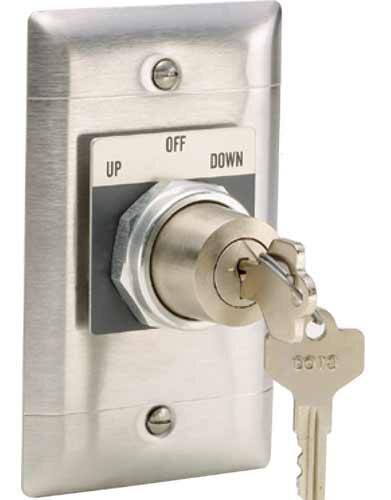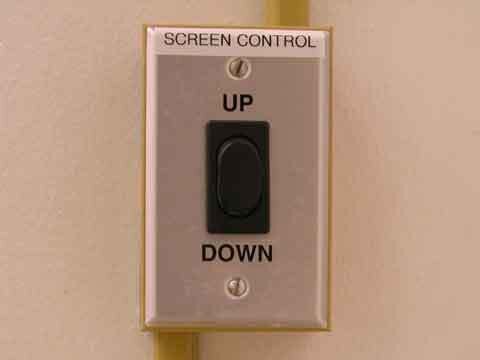Okay, so I have a motorized projection screen installed in our auditorium controlled by a rocker switch backstage. I would like to be able to control it from the booth, or ideally, be able to control the screen from either the booth or backstage. What is the best way to do this?
Initially, I was going to hire an electrician to move the existing switch to the control room. This may still be the best way, but I want to explore all of my options.
What about some kind of low voltage control? I thought about some kind of DMX-controlled relay so I could operate the screen from the light console, but others have mentioned that its never a good idea to control any kind of automation from the console. We currently don't have any kind of automation system. Thoughts?
Initially, I was going to hire an electrician to move the existing switch to the control room. This may still be the best way, but I want to explore all of my options.
What about some kind of low voltage control? I thought about some kind of DMX-controlled relay so I could operate the screen from the light console, but others have mentioned that its never a good idea to control any kind of automation from the console. We currently don't have any kind of automation system. Thoughts?




